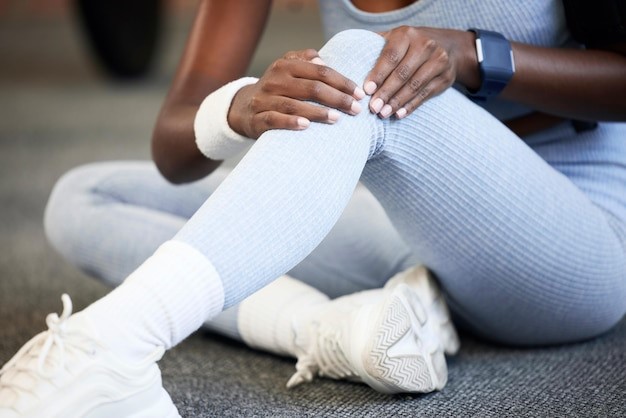Ladies, we’ve all been there. One minute, you’re hitting a new personal best on the treadmill or mastering a challenging yoga pose, and the next, you feel a sharp pain, a twist, or a snap. But what just happened? Was it a sprain? Or something more severe like a fracture?
Understanding the difference between fractures and sprains can not only save you weeks of discomfort but can also ensure you make a safe return to your fitness journey. Let’s dive straight in!
The basics
Fractures: Simply put, a fracture is a break in your bone. They range from thin, hairline cracks to full breaks where the bone may actually pierce the skin.
Sprains: Sprains are all about the ligaments. Ligaments are tough bands connecting bones in a joint. A sprain happens when these ligaments stretch beyond their limits or tear.
Spotting the difference: Symptoms
Fractures
• Intense pain that worsens when trying to move or apply pressure
• Swelling and bruising
• Deformity or an abnormal alignment of the bone
• A grating sensation during movement
• In severe cases, you might actually see the broken bone
Sprains
• Pain around a joint, not the bone
• Swelling and bruising
• Limited flexibility and range of motion
• A popping sensation when the injury occurs
The emotional toll
Imagine this: You’ve dedicated months to your fitness journey. You’ve overcome early morning alarms, pushed past the “I’ll do it tomorrow” moments, and now, an injury threatens to derail your progress. The emotional sting can often feel more intense than the physical pain.
Whether it’s a sprain or a fracture, the setback feels immense. It’s normal to feel a wave of disappointment, frustration, or even sadness. Remember, it’s okay to mourn the temporary pause in your fitness journey, but also know that understanding and treating your injury appropriately will ensure a stronger comeback.
Facts and figures to keep in mind
• Did you know that sprains are more common in women than in men? One study found that women are 60% more likely to experience a sprain, especially ankle sprains. The reasons can vary from hormonal differences to muscle strength disparities.
• On the other hand, women over the age of 50 are at a greater risk for fractures, particularly hip and wrist fractures, mainly due to conditions like osteoporosis.
What to do next?
If you suspect a fracture or a severe sprain, seek medical attention immediately. Time is of the essence. The longer an injury goes untreated, the more complications can arise.
For mild sprains:
- Remember R.I.C.E: Rest, Ice, Compression, Elevation.
- Over-the-counter pain relievers can help.
- Consult a physician if the pain doesn’t improve in 48 hours.
For suspected fractures
- Do not move the injured area. Immobilize it if possible.
- Seek emergency medical care.
In conclusion
Ladies, while injuries can be a bummer, they’re not the end of the world. The resilience you’ve shown in your fitness journey is the same strength that will carry you through recovery.
Understand the differences between sprains and fractures to ensure you get the right treatment and bounce back stronger than ever!
Remember, every setback is a setup for a comeback. Stay informed, stay safe, and keep shining on your path to fitness.


